Seeing the price of expensive designer perfumes from Chanel, Dior, or Louis Vuitton can make eyebrows cock and wallets cringe.
As wonderful a hobby as fragrance is, it certainly ain’t cheap. The vast majority of people might be able to afford one or two such extravagances, but any more than that might be somewhat of a stretch.
But why are perfumes so expensive? What goes into them that makes their prices soar? How is it that some smelly water can cost hundreds of dollars?
The price of perfume depends upon a variety of different factors. Raw materials, marketing campaigns, and packaging production costs are all key considerations. Retail markup and overhead also influence the final price of a perfume.
Want to know more? Let’s take a closer look at the ritzy, glitzy, fragrant world of perfume production.
What to Consider When Pricing a Fragrance
Imagine that you are the CEO of an up-and-coming luxury fashion house.
You’ve made somewhat of a splash in Milan and Paris, and your designs have been seen adorning the celebrated forms of dashing figures on the red carpet in Hollywood and London.
Wishing to expand your enterprise beyond the realm of the sartorial, you’ve convened the war council in your swanky, Scandinavian minimalist headquarters.
On the agenda: making your brand’s first fragrance.
Of course, you have ideas.
Perhaps you want to distill your brand’s nonchalant elegance in a simple but chic bottle, with a classic formula updated for modern sensibilities.
Maybe it’ll have a French name like, “Ma Seconde Peau” or “Femme Moderne”.
Or perhaps you want something flashier, more glamorous – a flame-red bottle with a geodesic cap, housing an abstract scent that’s never been done before and will send the artsy types into ecstasies.
Whatever it is, you pitch it to your team.
“Give me a ballpark estimate,” you demand. “How much will we need to get this puppy off the ground?”
Here’s just some variables you’ll have to consider.
Raw Material Cost
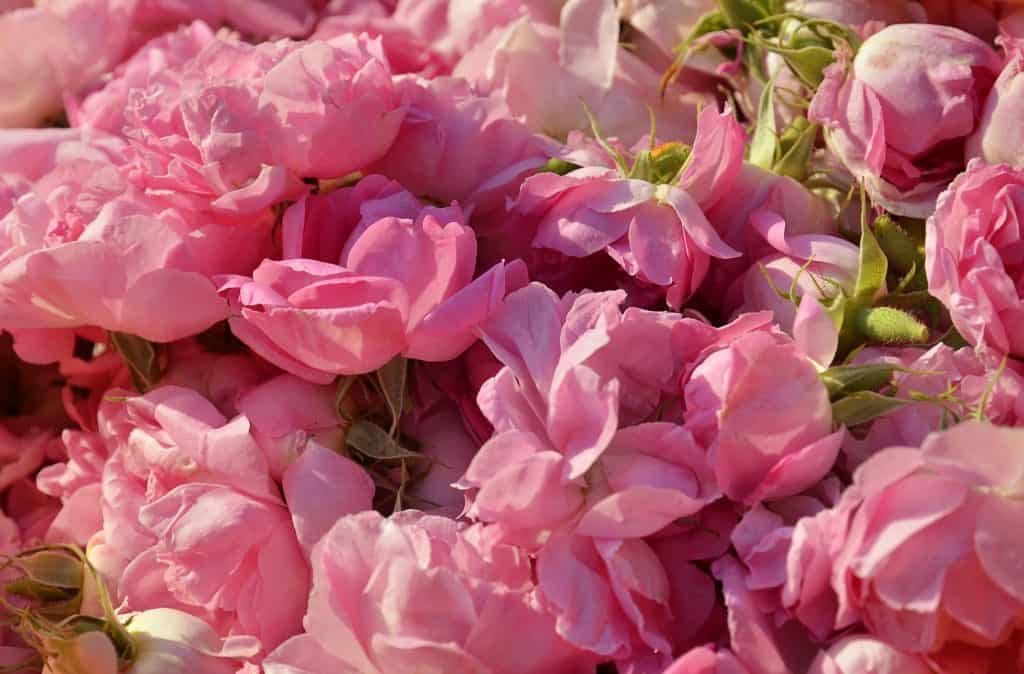
One of the greatest expenses in the world of perfume manufacture is the cost of raw materials.
Acquiring particularly expensive materials, such as oud oil, rose absolute, or orris butter, can cost a fortune. Authentic oud oil can set you back upwards of $30,000 per kg. (and often more, depending on the varietal), and orris butter absolute sometimes goes for $50,000 per kg!
How in blue blazes can they cost that much? Well, it all comes down to the way they’re manufactured.
To distill 5ml of Bulgarian rose absolute, requires upwards of 8,000 roses. That’s 250,000 individual rose petals! 1 lb (0.45 kg) of lavender essential oil takes 250 lbs (113 kg) of lavender, and the same amount of lemon balm essential oil needs 6,000 lbs (2721 kg) of lemon balm plant. A single gram of orris butter necessitates one ton of orris rhizomes, and that’s only after they’ve been aged for three years.
Often too, of course, these prized flowers are seasonal, adding even more cost to their production.
Oud is extremely rare, and can only be found in the wild as a fungus that infects a particular tree, the aquilaria tree, in South and Southeast Asia. More and more, oud is farmed rather than gathered in the wild, but the wild stuff is so valuable that a violent black market trade has cropped up around it, selling it off to high bidders in China and the Middle East.
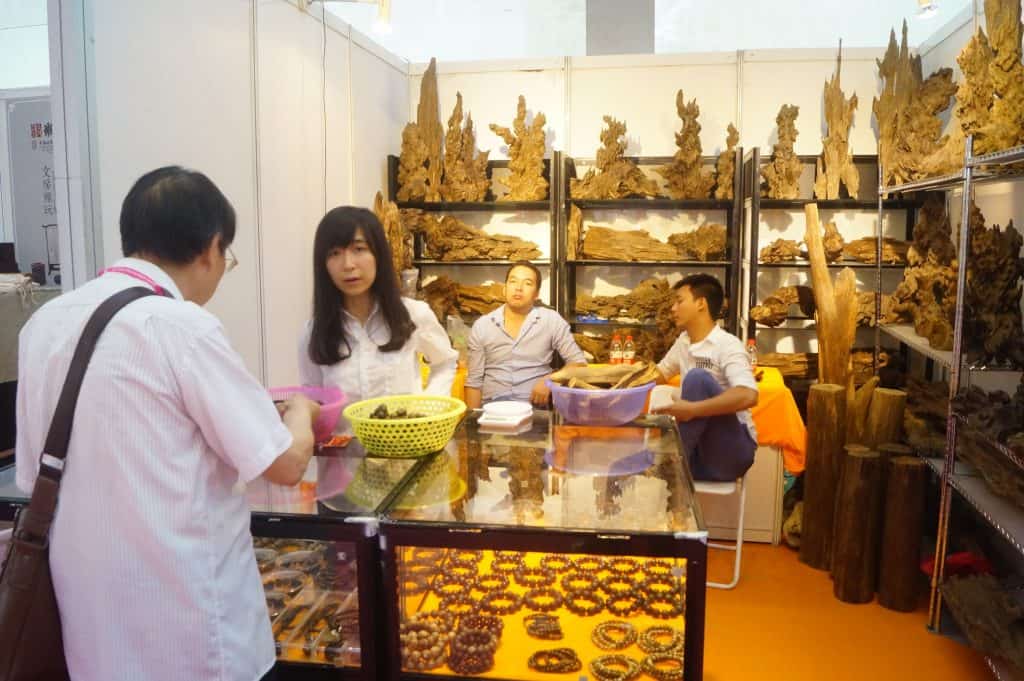
Some ingredients, such as Mysore sandalwood or deer musk, come from endangered species and are strictly regulated.
Then there’s technical expertise to be considered, salaries to be paid, margins to be skimmed off…You can understand how the cost of raw materials can rise up into the stratosphere.
Marketing
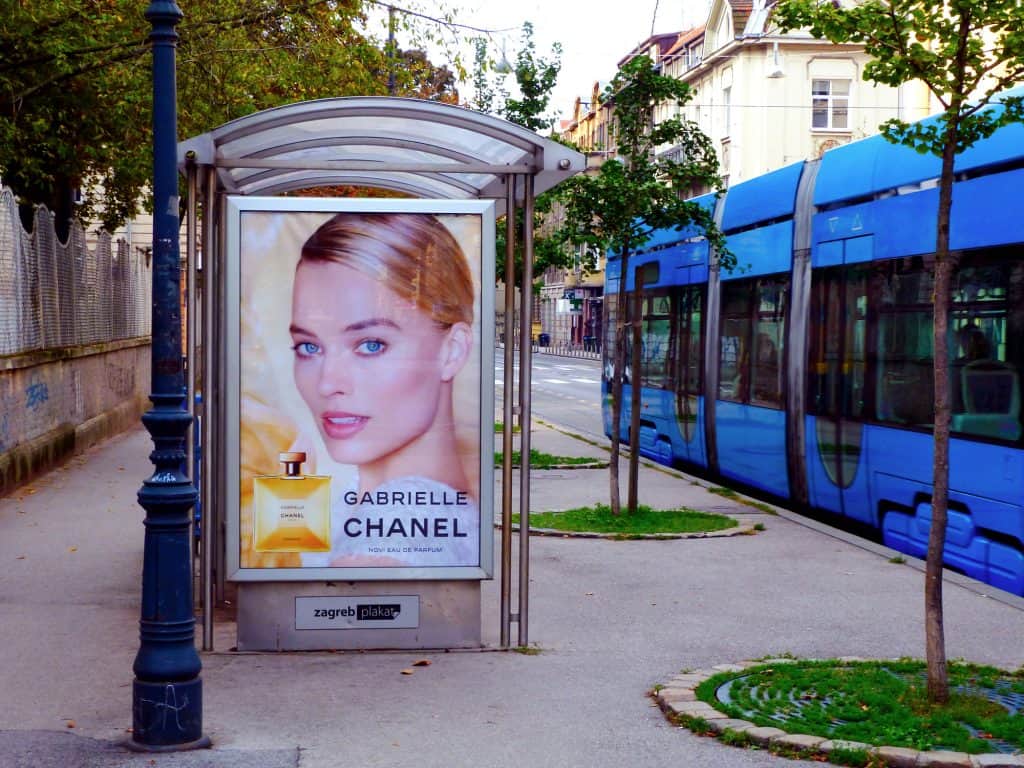
However much raw materials might cost, the simple truth is that in the designer fragrance world, very little of the ingredients are natural. While in the old days it was more common to use natural ingredients, today brands increasingly allocate less and less funds towards the actual scent of a perfume.
Rather, perfumers and brands opt for aroma chemical recreations of certain raw materials (especially prevalent in the case of oud), or buttress the scant, trace amounts of raw materials in their formulae with aroma chemicals.
According to master perfumer Jean-Claude Ellena, former house parfumeur for Hermes, just 6% of the budget of a fragrance goes towards the scent itself. The rest? Well, it all goes to marketing, packaging, and margins.
In fact, according to AOL DailyFinance, the actual perfume inside the bottle is the least valuable part of the whole package. While it might contain exorbitantly expensive materials, it’s used in low enough concentration to turn a profit.
Marketing eats away a huge chunk of a perfume’s budget.
According to Bloomberg, roughly $800 million is spent on fragrance marketing per annum.
All of that money goes towards creating ritzy, eye-popping fragrance ads for TV, Youtube, and magazines, in addition to billboards and in-store marketing materials.
You know, all those commercials featuring hunky, besuited men traversing rainswept European metropolises, accompanied by a blonde diva waving her shimmering locks around?
Or this one, in which Marion Cotillard dances around with some (hunky, besuited) dude on the moon in a manner somehow, tangentially related to Chanel No. 5?
Or perhaps this one, a classic, in which some women scream “Égoïste!” over and over?
That’s all marketing, baby! And all of that takes money – lots of it. Annual advertising will set you back tens of millions of dollars, and the initial marketing launch alone takes a couple million at least, if not more.
Much of that, it seems, is wasted. Bloomberg reports that just 6% of shoppers indicated an ad as a motivating factor for their purchase of a fragrance. Around 40% said that they simply purchased a fragrance they already liked, and were not influenced by marketing whatsoever.
Still, the brands put money into advertising campaigns, and the costs of those campaigns are reflected in the price of their perfumes.
Packaging
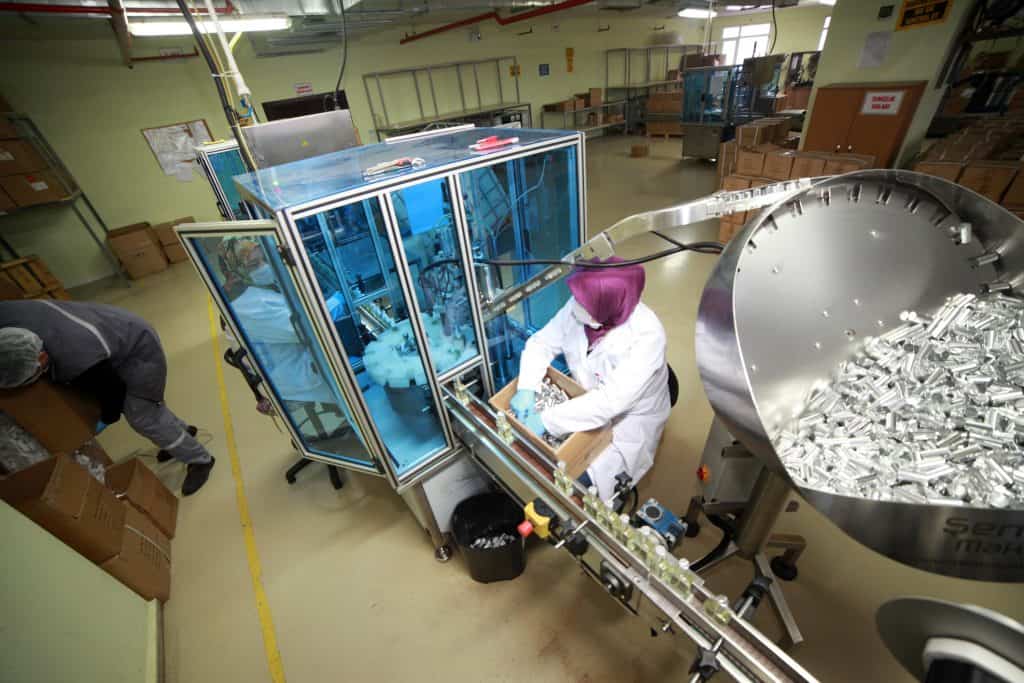
Packaging is also a significant expense for perfume manufacturers.
A perfume bottle should, of course, be safe and airtight in order to preserve its contents before purchase, but the foremost consideration is creating an eye-catching bottle that has the heft and weight to make a customer feel satisfied that they’ve parted with their hard-earned doubloons in exchange for a quality product.
A perfume’s bottle can come to be a defining part of its identity. Who can forget, for example, the Orientalist fantasy of Yves Saint Laurent’s Opium? Or Jean Paul Gaultier Le Male and its Adonis-like form? Or Thierry Mugler Alien’s Gigeresque weirdness?
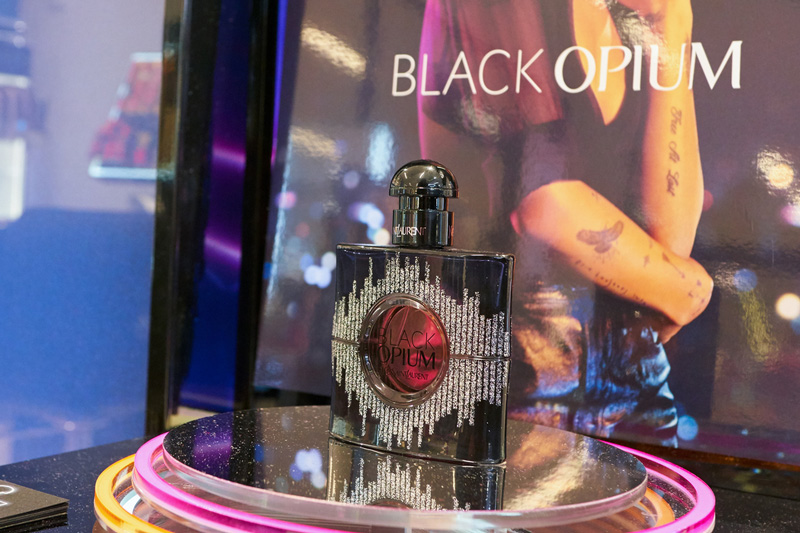
Creating a great bottle can be a recipe for long-term success. But of course, it doesn’t come cheap.
Manufacturing glass bottles, metal caps, and all of the other packaging trimming on a large scale comes at a cost, and that cost is reflected in the final product that you buy at the store.
Additional Costs
Beyond raw material, marketing, and packaging costs, there are, of course, additional money sinks to consider.
The perfumers that create the scents must be paid. The companies that they work for, such as Givaudin, Firmenich, IFF, provide the aroma chemicals (many of which are known as “captive molecules” and are solely owned by one of these distributors) and ingredients that go into perfume. These companies must, of course, make their own profit margin – apparently, a margin of around 300-400% on their formulae.
Then there is retail markup to consider, sometimes considerable – reportedly ranging from between 20-80%. This is necessary to cover all of the things that go into the department store experience – sales, commissions, marketing, and overhead.
Essentially, everyone’s got to have a piece of the pie. Everything is increasing in price of late, and that all factors into the creation of perfume as well. More and more, the actual budget that goes towards the scent itself is slashed in the interest of profit. It’s a death by a thousand cuts, really.
Compare any mainstream designer fragrance on the shelves today to a vintage fragrance and you’ll notice a marked difference. This is not only in the composition style, but also in the ingredients used. While perfumery has always been a synthesis of science and art, there is much more emphasis on synthetic ingredients in the perfumes of our modern age.
Why? Because synthetic ingredients are cheaper, of course. And with IFRA, the International Fragrance Association, banning natural ingredients left, right, and center for their propensity to cause allergic reactions in 0.01% of the population, can you really blame these companies for opting for synthetic ingredients? Naturally, that’s not the whole story, but it’s certainly something to be considered.
The Final Word
So, as we’ve seen, a whole heck of a lot influences the price of perfumes. This isn’t even factoring in celebrity perfumes, which include licensing costs, or niche perfumes, which tend to be significantly more expensive than designer perfumes.
Upon further examination, it seems that there is quite a bit of backscratching going on in the fragrance industry. Most of the exorbitant costs dedicated to marketing, for example, could be cut and reinvested into quality ingredients, but of course that would come at the expense of the vested interests. As always, the consumer pays the price.
In short:
Perfumes are priced based upon several different variables. Cost of raw materials, marketing campaigns, packaging, and a number of other considerations govern the final price on the shelf. Generally speaking, the more raw materials and higher quality packaging that go into a fragrance will result in a more expensive final product.




